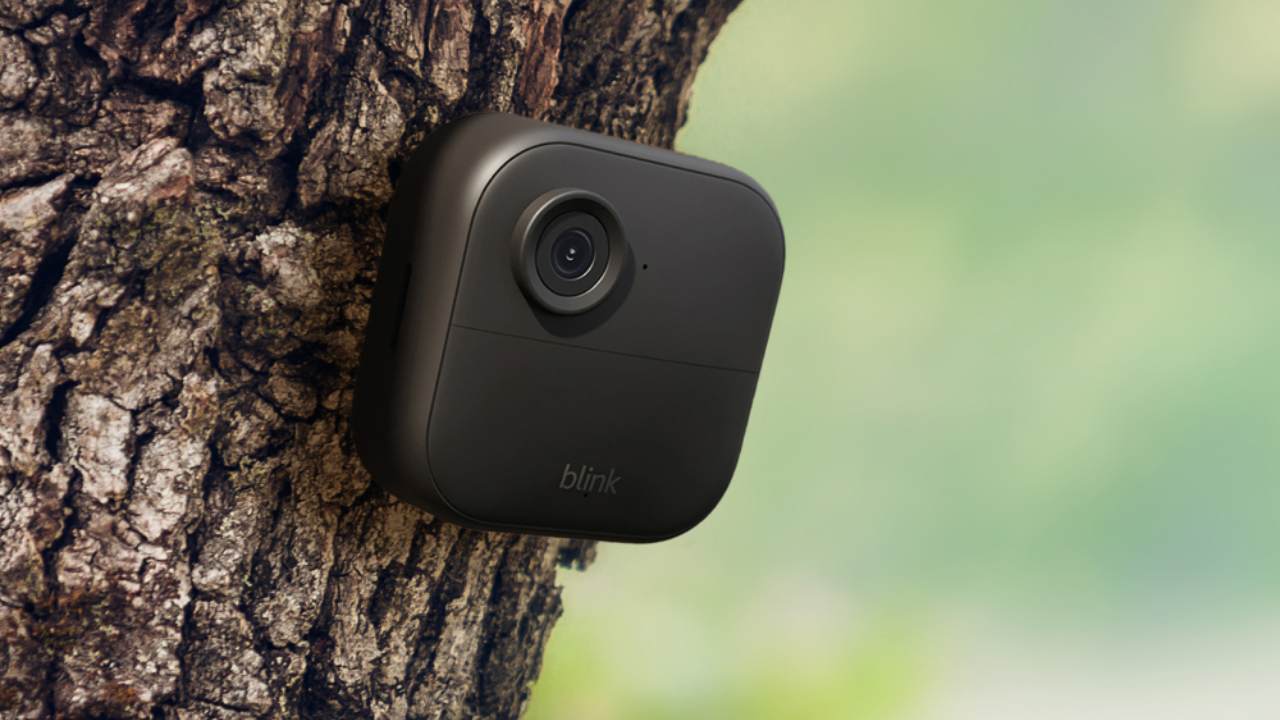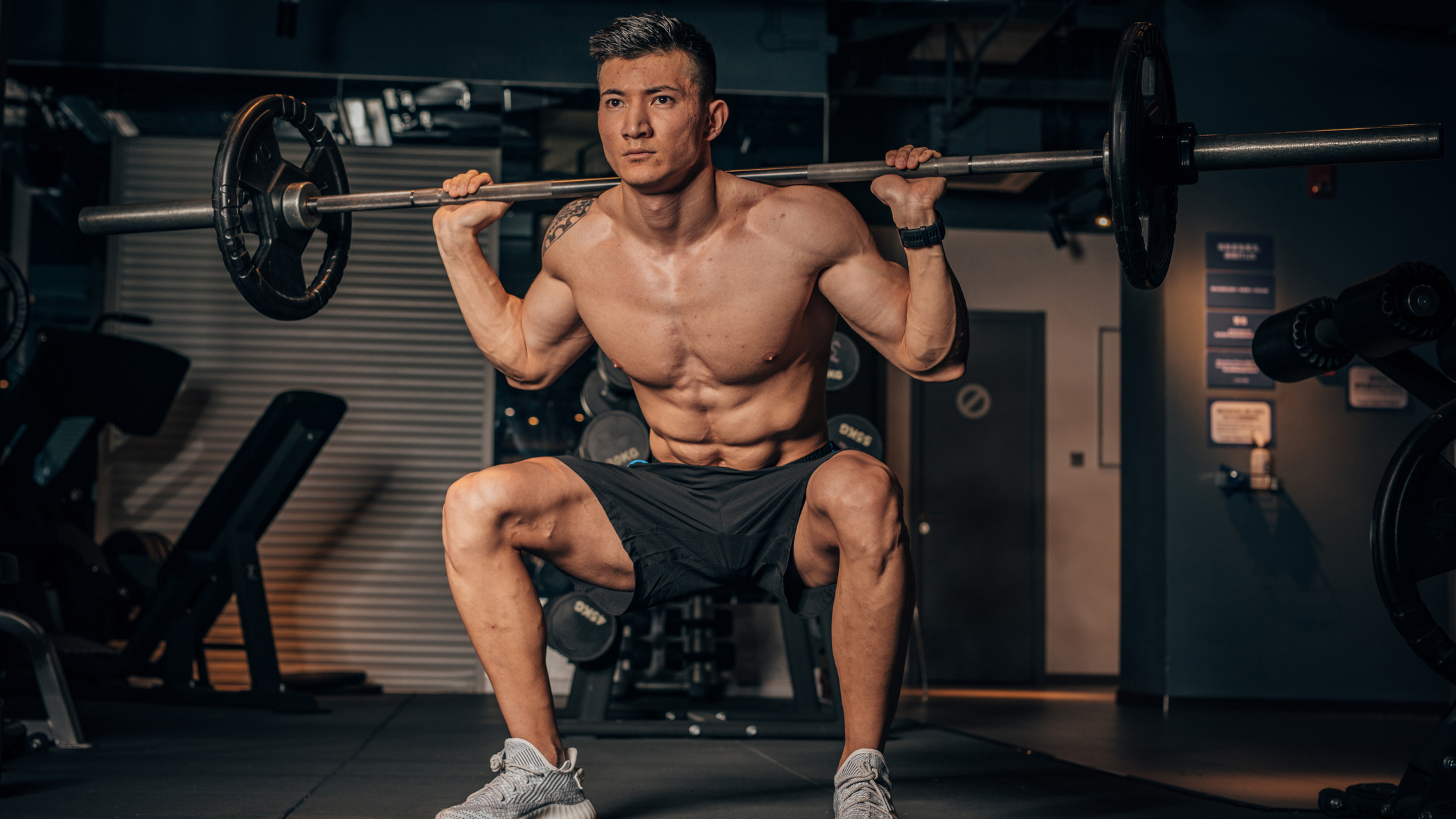

The humble squat is a simple yet effective exercise. The young Arnold Schwarzennegar used to do them until he passed out, but for normal people it's more important to do a non-insane number of squats, but with correct form.
Like a deadlift, overhead press and bench press, the squat is one of the biggest compound exercises out there, working pretty much every muscle in the lower body, strengthening the glutes, engaging the core and spiking the heart rate for a serious cardio workout.
It makes up part of the Big 5 that, when mastered, will provide all of the muscle stimulation the entire body needs and the collection of movements has served everyone from strength devotees to professional body builders since the dawn of fitness.
However, mastering the squat can be tricky, as it’s not as simple as bending your knees with some weight on your back. Lift with incorrect form and it won’t be long before you start feeling pain and niggles in the back, while the muscle gains you seek will take much longer to arrive.
You can have a look at our complete guide to the barbell back squat right here, while we have plenty of other guides to help you strengthen the major muscle groups required for the perfect squat. For example, you could start by building strong glutes, as this will increase your power when pressing back to the top of a squat.
It’s also worth working on your core muscles, for a more stable squat, and beef up the shoulder muscles to make sure you can handle the heavier weights as you start loading up that barbell.
- Best barbells for practicing squats at home
- The best dumbbells can also help with squat variations
- How to do goblet squats
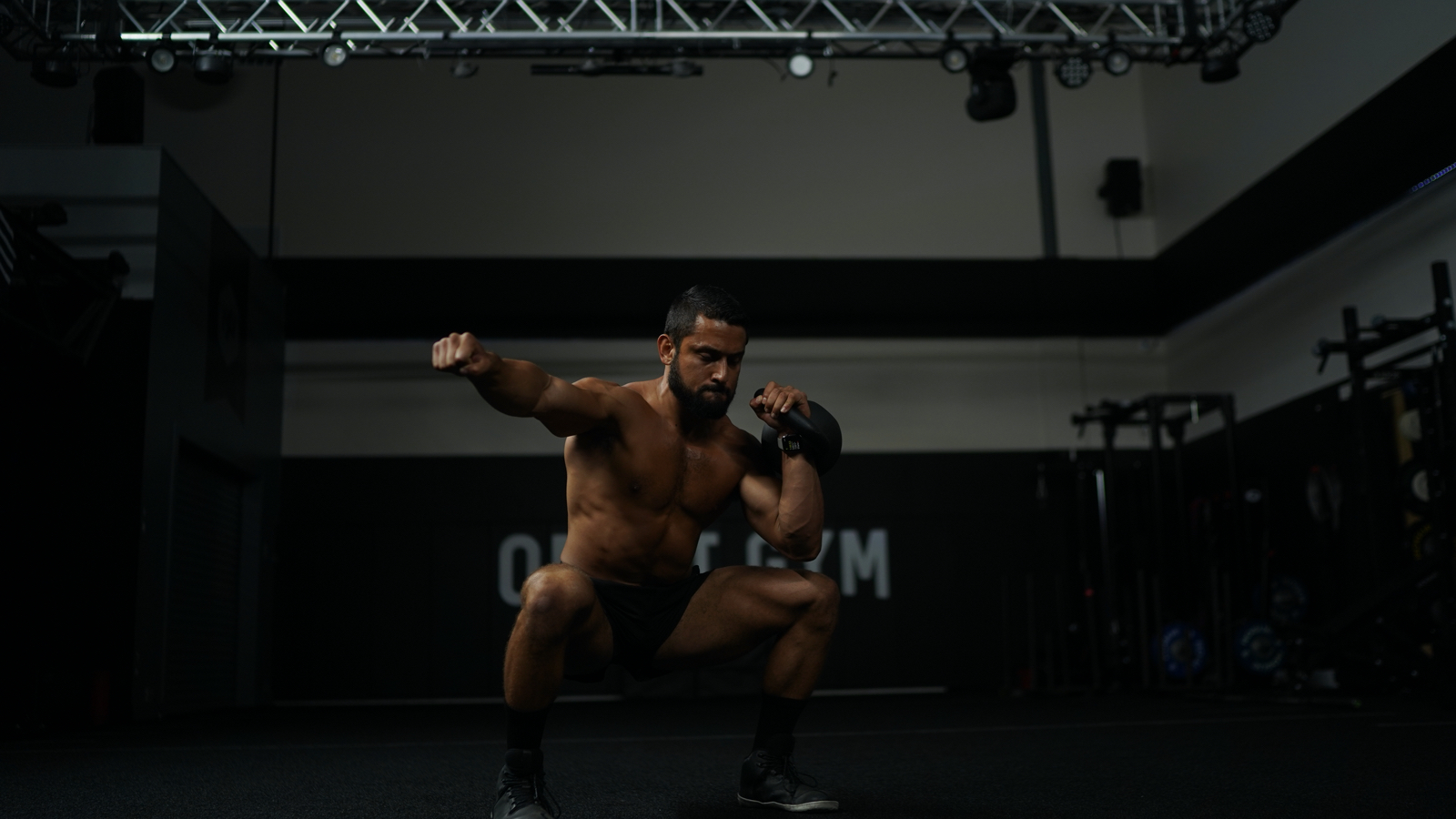
The Squat: the six things you are doing wrong… and how to fix it
1. You’re not using your glutes
Sign up to the T3 newsletter for smarter living straight to your inbox
Get all the latest news, reviews, deals and buying guides on gorgeous tech, home and active products from the T3 experts
The glutes are by far the strongest muscle in your lower body and if you’re not using them correctly, it means you are attempting to drive the barbell to the top of the move using the quads and hamstrings. Not to mention placing your lower back at risk.
As you lower to the ground, make sure you break at the hip, pushing your butt backwards, but also imagine you are tearing a piece of paper in half with your feet, pulling them in opposite directions.
This engages the glutes on the way down and as you drive back up, make sure you give them one almighty squeeze. This will deliver a shot of power you never thought you possessed and will see massive gains in the sort of weight you can lift.
If you are still struggling to incorporate your glutes into the move, try ‘switching them on’ before you work out with around five minutes of glute bridges and other band work. Invest in a resistance band and take a look at the video below, it has some great tips for glute activation techniques.
“Sedentary people will often have tight hip flexors and under-active glutes, both of which can inhibit the ability to squat properly,” explains Neil Dimmock, Director of Fitness & Education at Ten Health & Fitness.
“Try a sumo squat stance, with the heels wider than hip-width and the feet turned out by 30- 45 degrees, keeping the knees pushed out to the side. This helps activate the glutes more and reduces the hips from becoming tighter during the movement,” he adds.
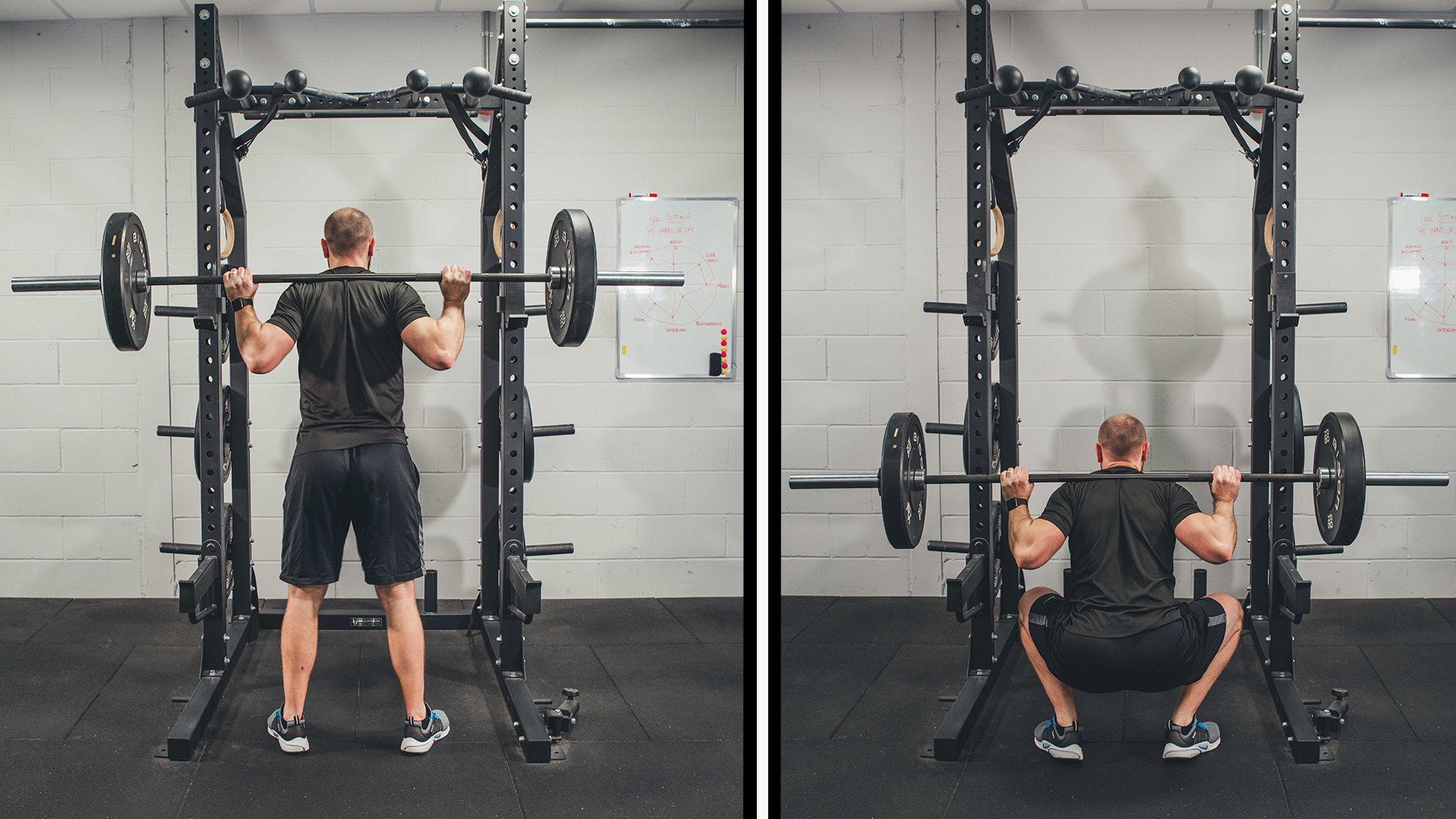
2. You’re leading with your hips
You can spend years perfecting squat technique, but one of the main mistakes during the tricky driving phase, where you aim to stand back up by pushing through your heels, is allowing the hips to rise faster than the shoulders.
This puts undue stress on the lower back and lumbar spine, likely leading to injury, so make sure you drive the shoulders up at the same time as the hips. It helps to keep the chest high throughout the move and visualise pushing the bar through the air with your shoulders, as if you were performing a calf raise on a machine.
- Build a strong back with the best pull-up bars
- An ab roller is awesome for strengthening the core
- Avoid lower back injuries by investing in a weight lifting belt
3. You’re not squatting deep enough
There’s a lot of argument in fitness circles about how deep (or low) you need to drop in order to reap maximum rewards from the squat, but if you’re thighs aren’t at least parallel with the ground or lower, you won’t develop the strong and swoon-inducing quads you want.
CrossFit fans believe in ATG - or Ass To Grass - which is likely too extreme for most beginners and very few have the hip and ankle flexibility to pull it off safely, but getting at least parallel to the ground is paramount.
It helps to have a mirror handy so you can see exactly where parallel is and if you can achieve this without rounding your lower back, which leads us on to…
4. You round your lower back
This is known as “butt-wink” in fitness circles, as it describes the moment when your butt starts to tuck underneath you and the lower back rounds as you get deeper into the squat, causing undue stress on the region. This can be down to poor flexibility in the hip flexors and ankles, which will require a bit of attention in a separate workout or a proper stretching routine.
But often, this can simply be down to incorrect breathing technique. As you unrack the bar and get into your stance, inhale deeply by pulling your stomach in, squeeze your glutes as tight as they can and then exhale out as hard as you can. This gets the pelvis into the correct position. Brace here (hold your breath) and lower slowly towards parallel. Exhale on the drive back upwards.
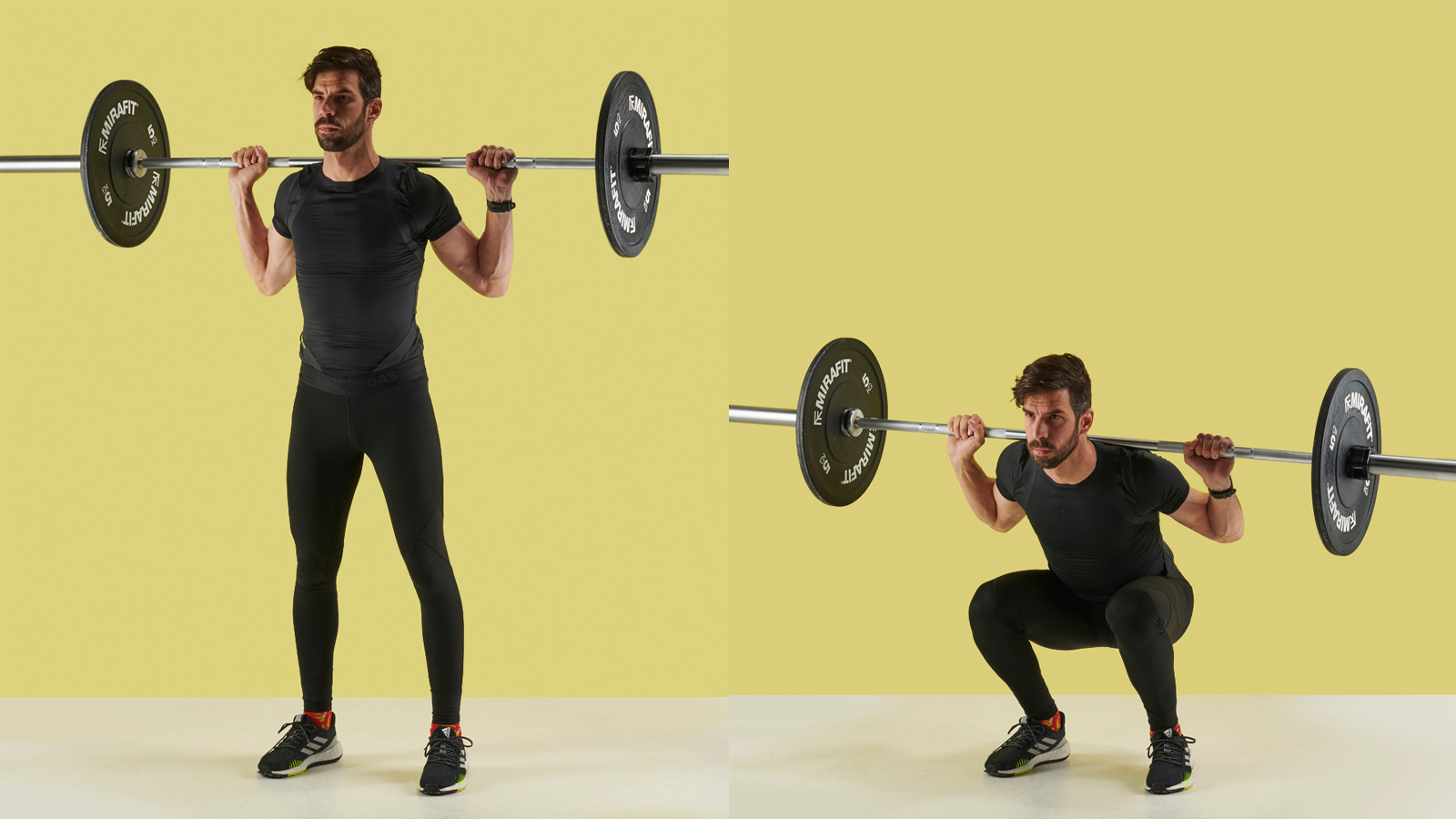
5. Your heels come off the floor
The heels are your platform, your foundation, your bedrock for any squat movements and as soon as they leave the floor, you’ll accidentally load up your knees and shift the focus on the lower back, which is never pleasant.
Even if they raise only slightly during a squat, walk the bar back to the rack and try again. Make sure the heels are properly grounded before you start the lowering portion. Properly hingeing at the hips and sitting backwards will naturally move your centre of gravity so the weight is over the heels, forcing you to drive through them to get the bar back to its starting position.
6. You only perform one type of squat
We’ve focussed heavily on the barbell back squat here, because it is the most commonly used by fitness enthusiasts looking to improve lower body strength, but there are plenty of squat variations that can help develop the muscles required for a stronger back squat.
The Sumo Squat, for example, is great for building the muscles in your inner thigh, while a Goblet Squat (especially when the heels are raised) is great for shifting the focus on to the quads and building a stronger core.
Adding a resistance band (or booty band) around your lower thighs during squats will place more emphasis on the glutes, while a Bulgarian Split Squat is an absolute killer for quad activation.
Leon has been writing about automotive and consumer tech for longer than he cares to divulge. When he’s not testing the latest fitness wearable and action camera, he’s out in a shed fawning over his motorcycles or trying not to kill himself on a mountain bike/surfboard/other extreme thing. He's also a man who knows his tools, and he's provided much of T3's drills coverage over the years, all without injuring himself.
